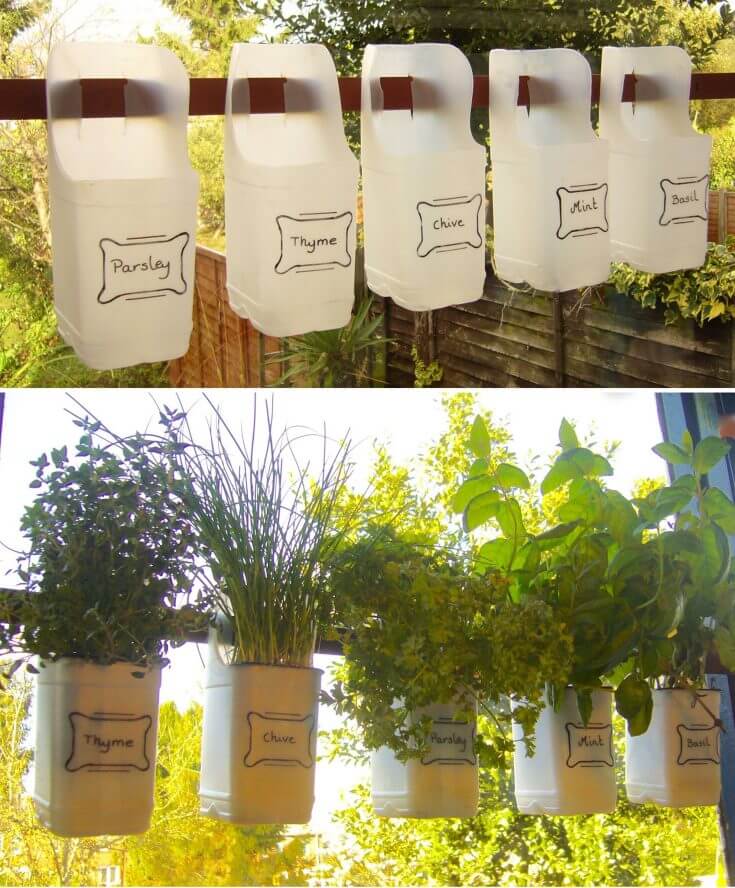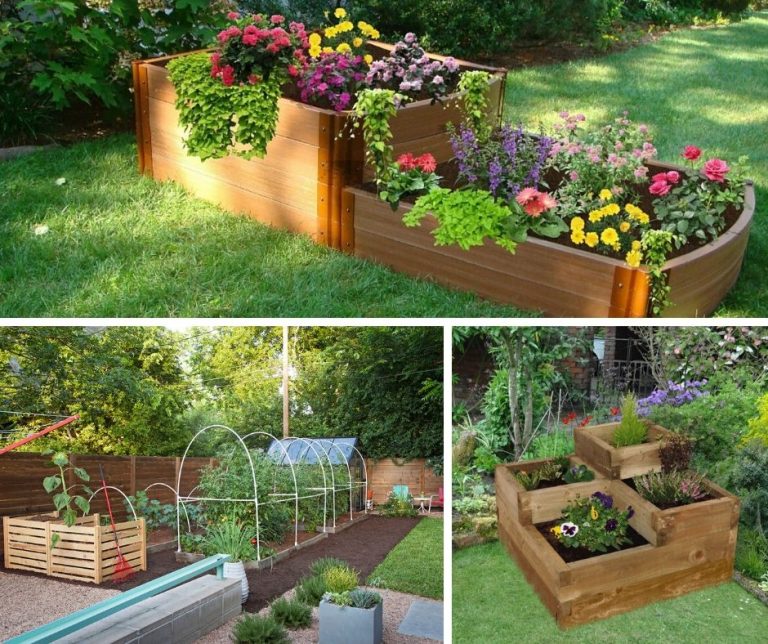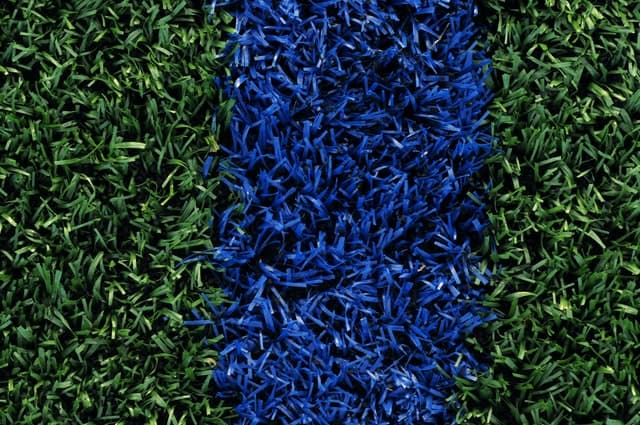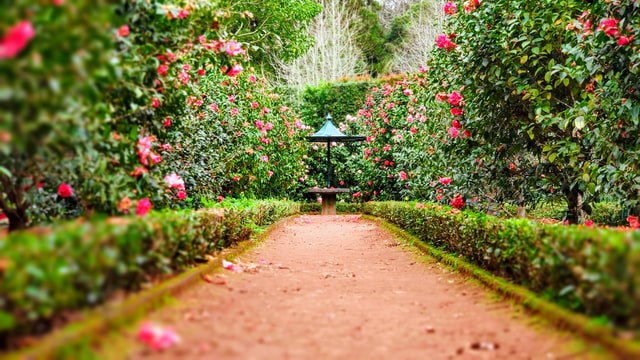Growing Various Herbs in Small Spaces
Fresh herbs can be grown even in the smallest areas directly in the ground or in containers, as long as conditions allow for it.
Growing herbs is a gardening project that is simple to do, indoors or outdoors. Many gardeners only grow herbs in small pots and planter boxes. Small pots are easy to keep up and they look great sitting on porches, patios, and anywhere else you have a small space for an herb garden. Herbs take on a very deep green color, and a few of them flower. Overall, they are attractive plants to have around and provide the added benefit of making good food taste even better.
Table of Contents

Needed Items
- Small greenhouse with peat pellets
- Water
- Herb seeds
- Deep growing container
- Fresh potting soil
- Organic matter
- Tiller or a round nose shovel
- Garden hose or watering can
- Scissors
Choosing Pots and Plants
Learn how to choose the right containers and plants to start your own herb garden for your kitchen or patio.
Fresh herbs are an excellent way to spice up your living space as well as your food. You can easily create a herb garden oasis in your kitchen or patio even if you have little experience with gardening and little space to do so. Growing success starts with choosing the correct containers and plants.
Choosing Herbs for Planting
Grow herbs that you think are decorative or that you like to eat. Some common herbs that can be used for everyday cooking are: basil, cilantro, rosemary, mint, and thyme. Make an artistic herb container by mixing various herbs in one pot, taking advantage of the herbs colors and textures.
Choosing Pots for Planting
Clay or plastic? Most people already have a favorite type of container that they like to use, usually chosen for aesthetic reasons. This is a great way to have something that matches your décor, but you should aim to choose a pot that matches your gardening abilities.
Planting in Clay Pots
Clay pots are porous, so they have the ability to absorb excess moisture when overwatered. This may help if you are a gardener who uses a heavy hand when watering plants. Clay pots are heavy, so they are better able to withstand gusts of wind if you have them on a window sill, but they are very easy to break. Clay pots have thick walls, so they are better able to insulate the roots of the plant.
Planting in Plastic Pots
Plastic pots are not porous, so they tend to hold their moisture for longer periods of time which make them an ideal choice for gardeners who forget to water their plants. Plastic pots are more lightweight than clay, and will not usually break when dropped. Plastic pots have thin walls, so they do not insulate plant roots as well as clay pots do.
Choosing Potting Soil
Using the correct soil for your herbs will help them grow. Ensure you use quality potting soil with peat moss because most herbs need good drainage. Your local gardening store should be able to help you select a potting soil suitable for herbs.
Placing and Watering Your Containers
Herbs require full sun to grow, so keep this in mind when placing your pots. If you are placing indoors, try to keep them in a south facing window for maximum sunlight. Pots and containers can also be placed on patios on small tables or shelves. Your herbs should be watered when the soil feels dry to the touch, or the pots feel light when lifted.
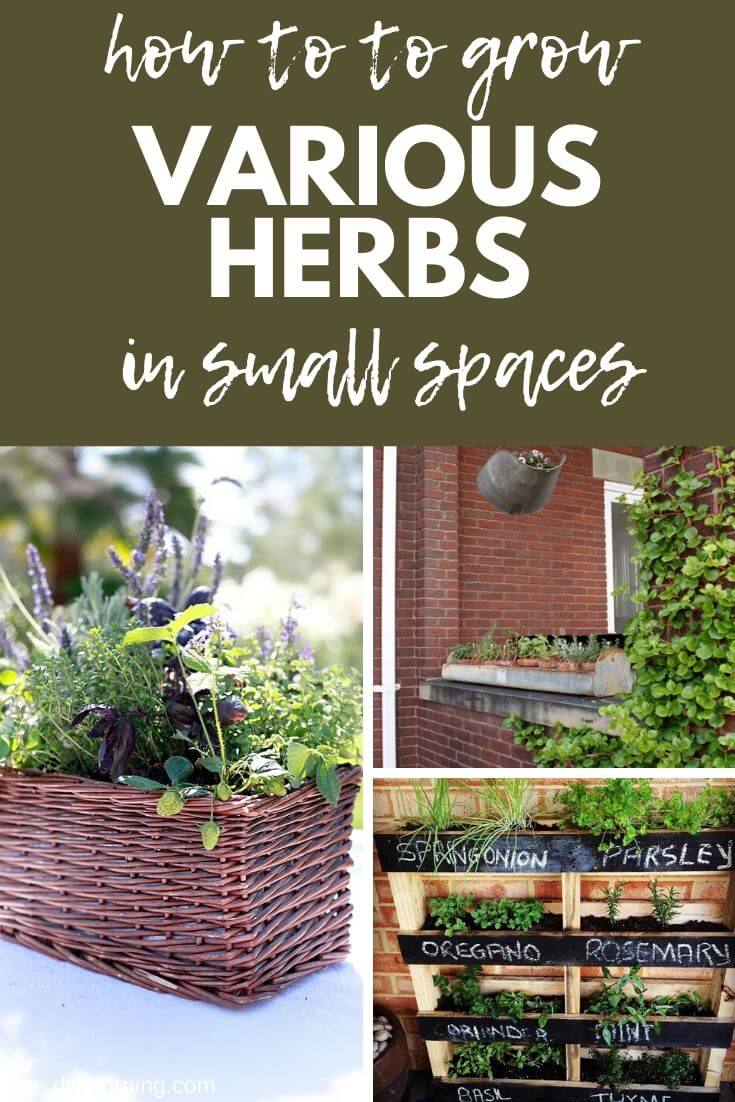
Preparation
Prepare a small, plastic greenhouse that uses peat pellets as a growing medium. Add water to the peat pellets so they will begin to absorb the water and swell to their usable size.
Pour off any excess water that accumulates in the bottom of the tray. Place three herb seeds in the top of each peat pellet and cover the seeds with the moist peat. Mark the peat pellets so the herb plants can be identified. Place the clear plastic cover over the peat pellet tray and place the tray in a sunny location.
Fill a deep growing container with fresh potting soil. Most herbs like soil that is well drained. If the herbs will be grown outside in the ground, prepare the existing soil by adding a lot of organic matter (mulch, compost, leaves, grass clippings) to the soil and cultivate the soil 12 to 18 inches deep mixing the organic matter into the soil well. Cultivate the soil with a tiller or a round nose shovel so the organic matter is well-incorporated.
Planting
Transplant the seed starts into pots or into the ground outdoors when the seed starts are at least three inches tall.
Dig small holes in the soil and place the whole peat pellet into the hole.
Fill the remaining space in the hole with soil and firm the soil around the peat pellet. This should be done after the chance of frost has passed in the late spring. The herb starts should be planted or placed in a sunny location for best results. Water them regularly with a garden hose or watering can. In order to find the right garden hose, check out this guide from the unclutterer to regularly water the plants.
Harvesting
Clip herbs from the plants with a small pair of scissors and either allow them to dry before they are used or use them fresh.
Food for Thought
- The soil used to grow herbs in does not need to be a rich soil. Herbs do not need to be fertilized very often, if at all. When growing herbs in pots, it is a good idea to add small pebbles to the bottom of the pot to encourage good soil drainage. The amount of pebbles to add depends on the size and depth of the pot: larger pots will require more pebbles than smaller pots.
- Propagate herb seeds indoors beginning in late winter (February is a good month to start). To grow seeds indoors requires a sunny window and cool temperatures (around 60 degrees F). Seed starts can also be transplanted into a larger growing pot to grow indoors all year round. A few herbs do not transplant very well and should be started either in the ground or in the pot they will be grown in. These herbs include anise, coriander, dill and fennel.
Herb garden container ideas
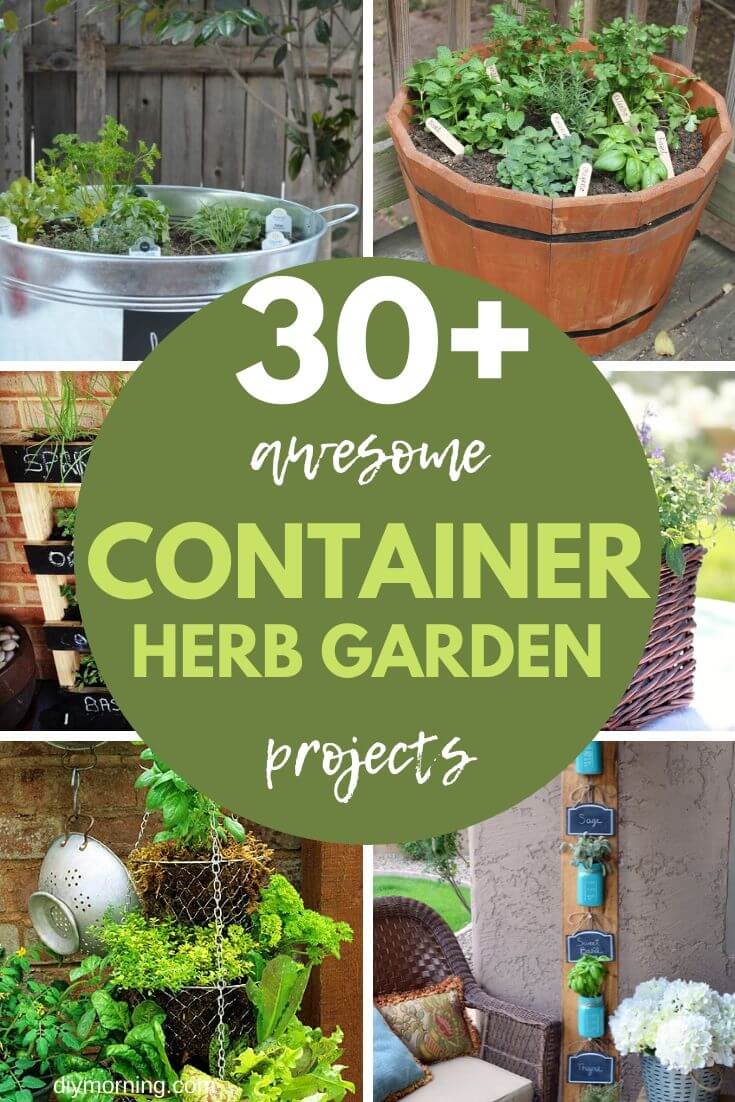
#1. Herb dresser
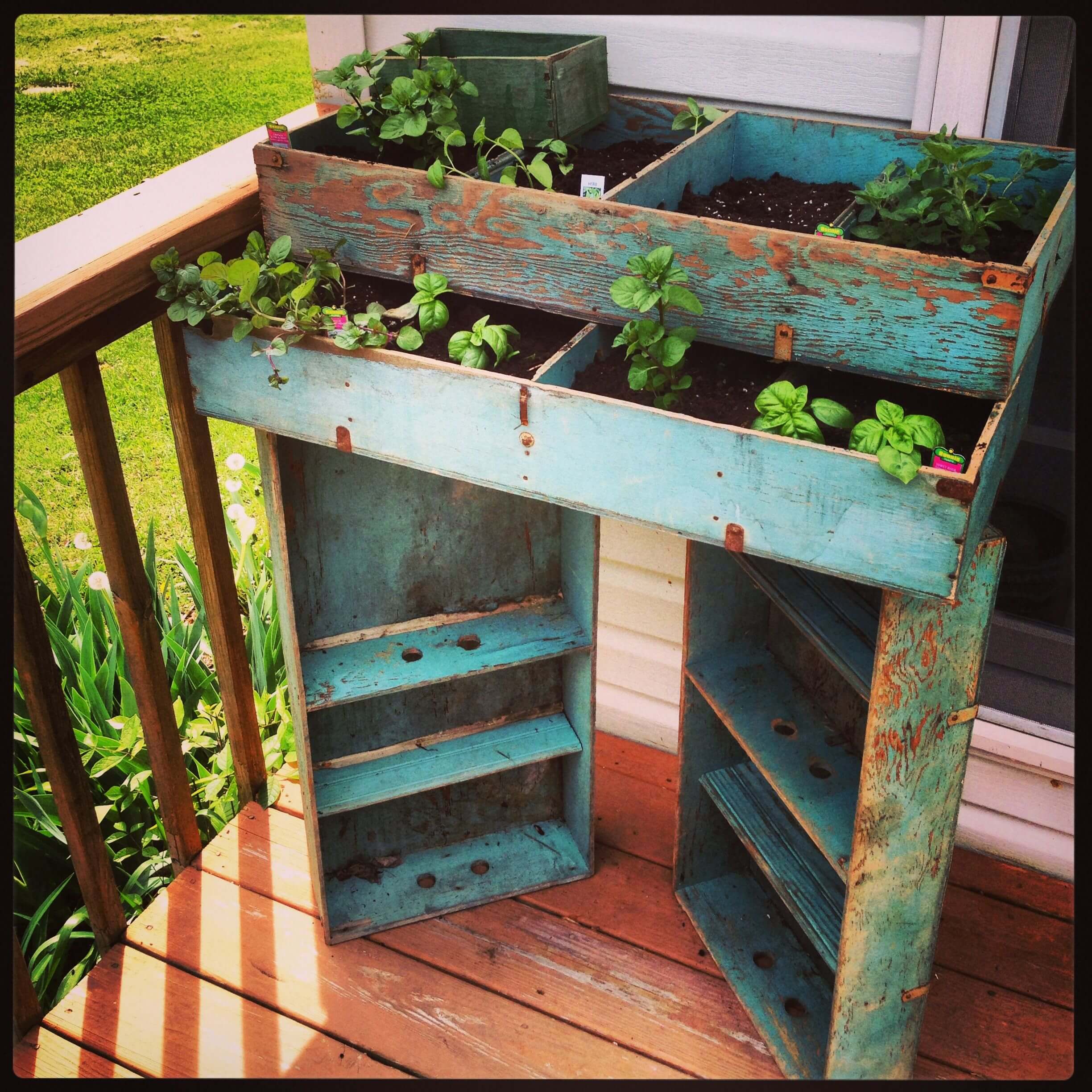
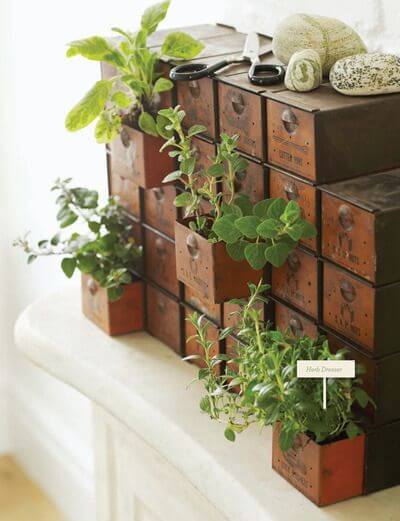
#2. Mason Jar Herb Garden
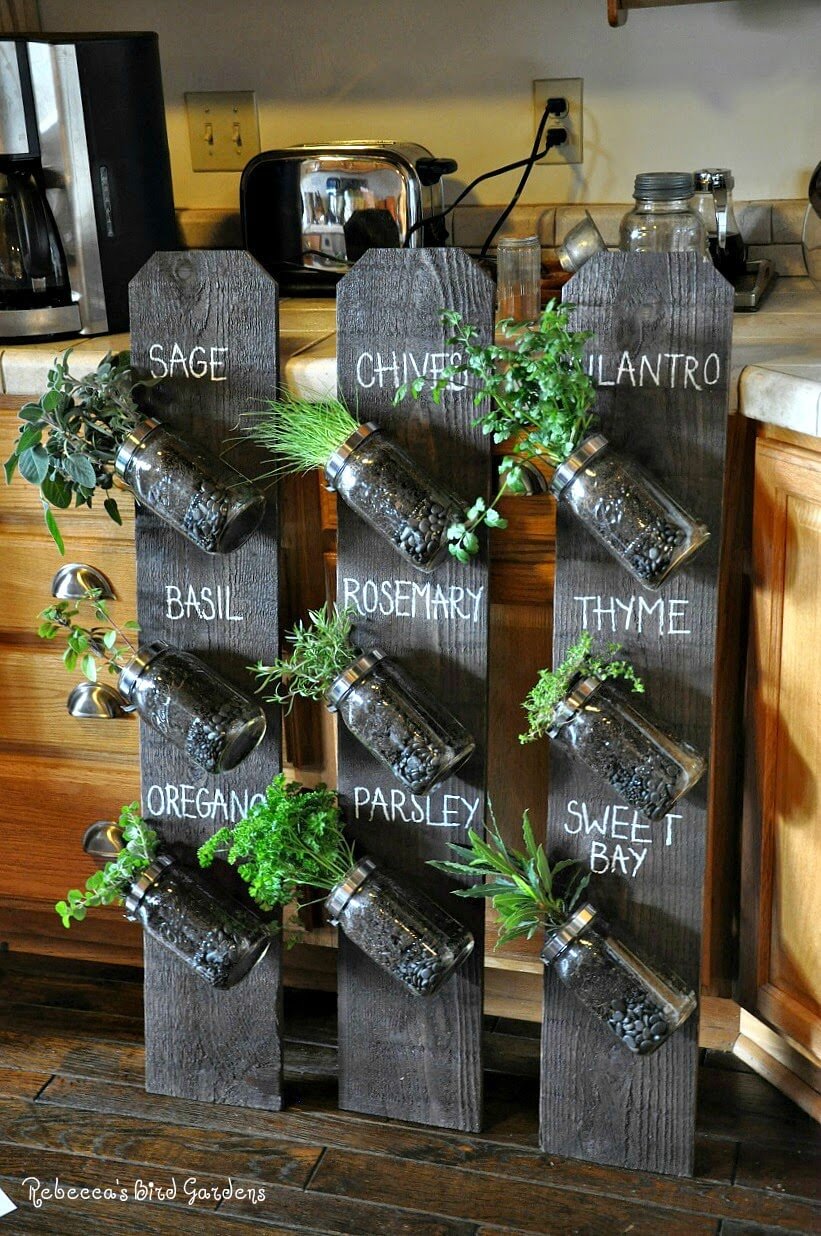
#3. Hanging potted herb

#4. Hanging pots with drainage
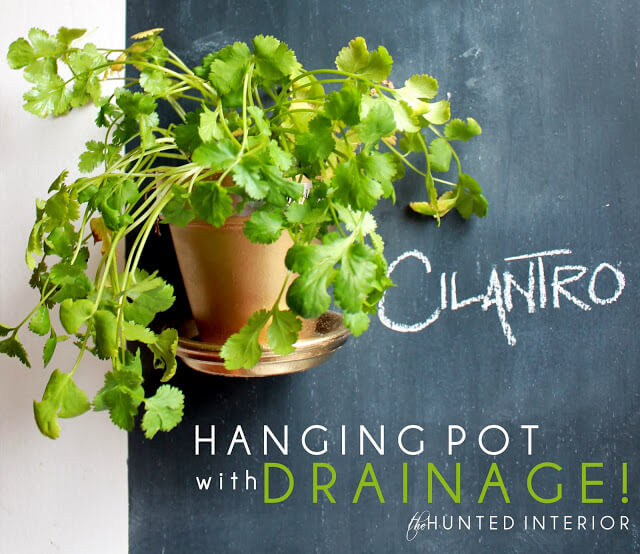
#5. Using cinder block planter
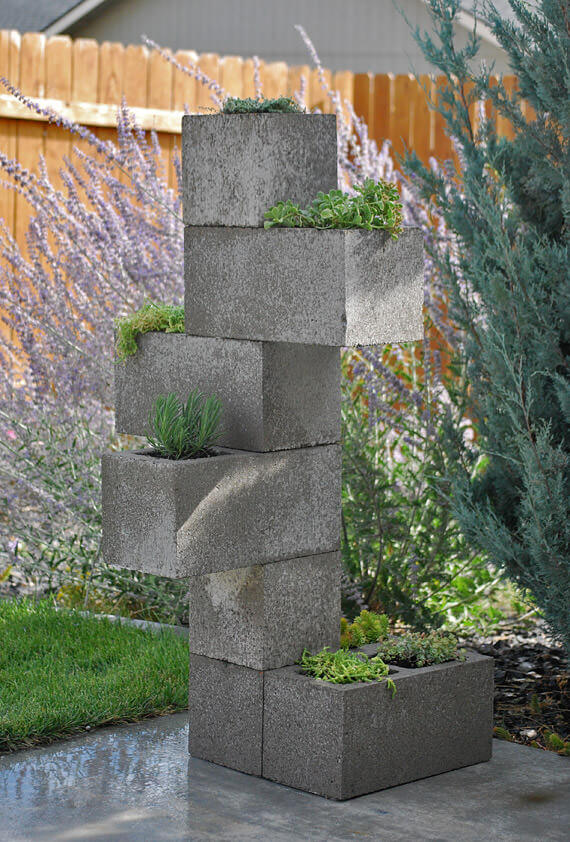
#6. Herbs in metal containers
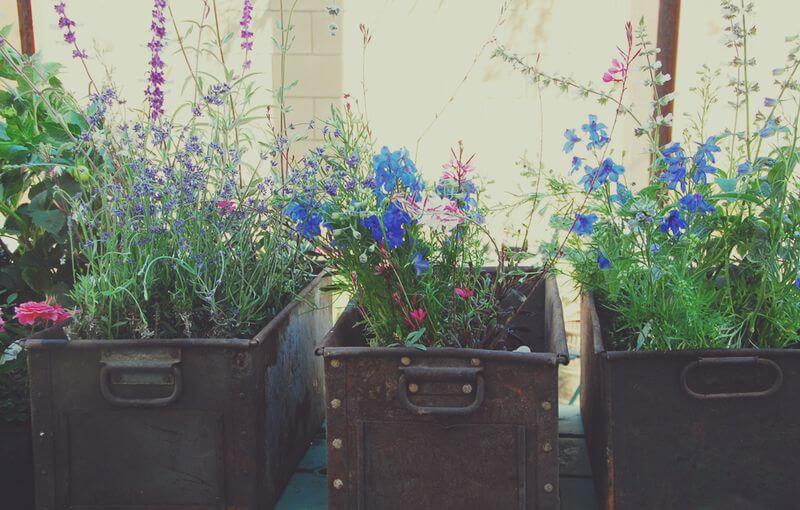
#7. Back door herb garden
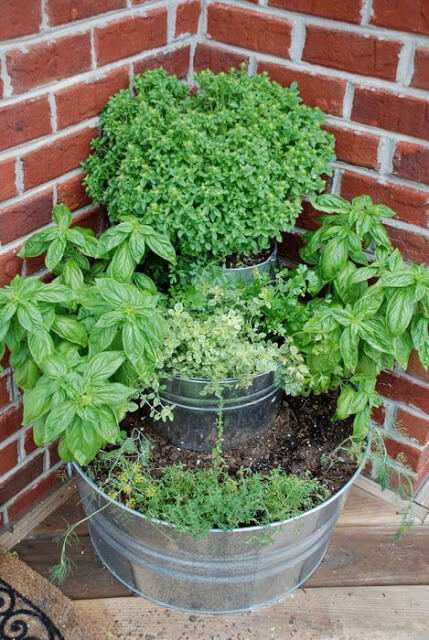
#8. DIY kitchen garden planter
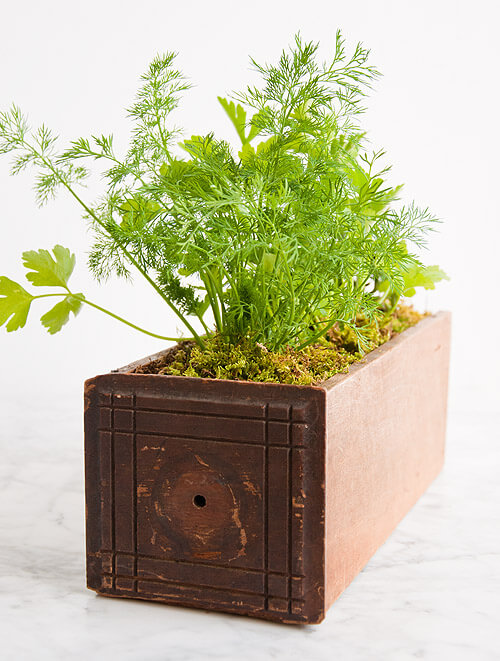
#9. Step up herb garden
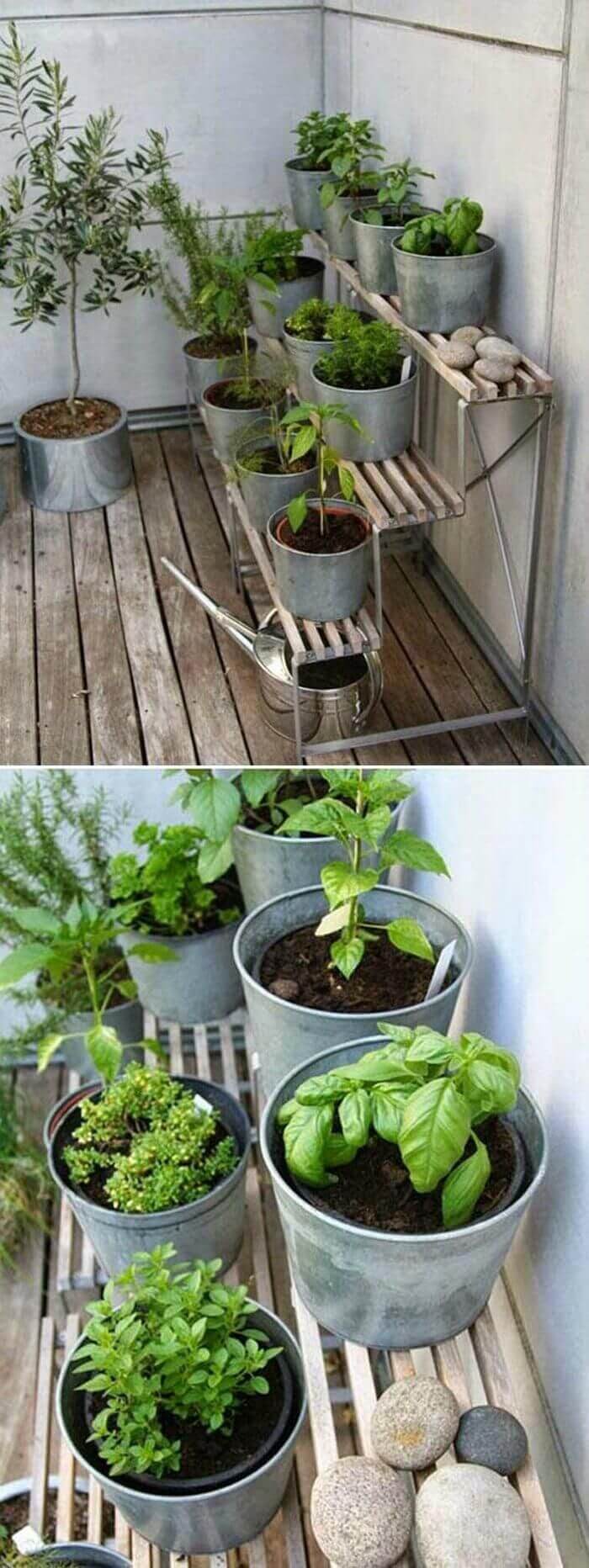
#10. Table top herb garden
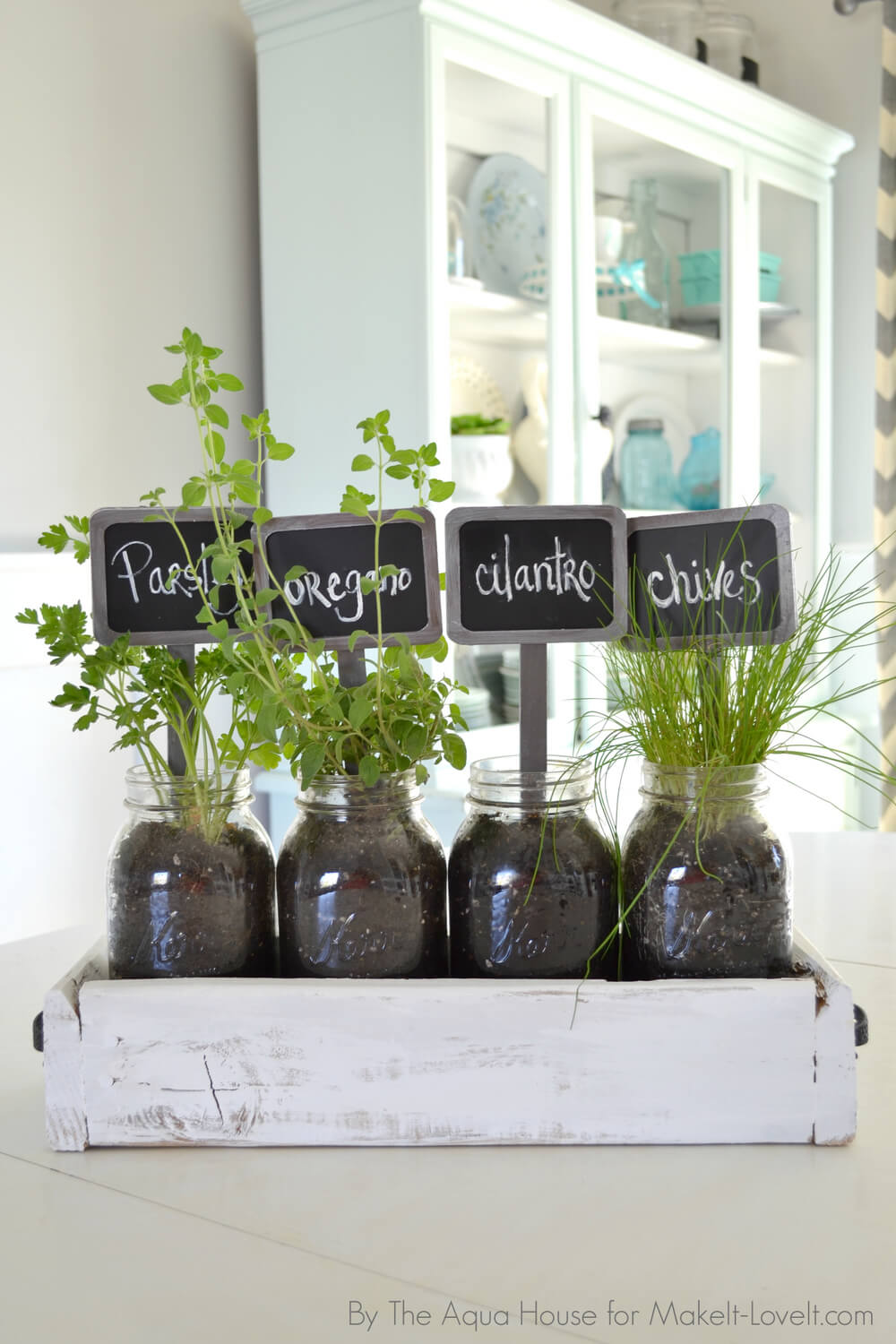
#11. Tea pot herb
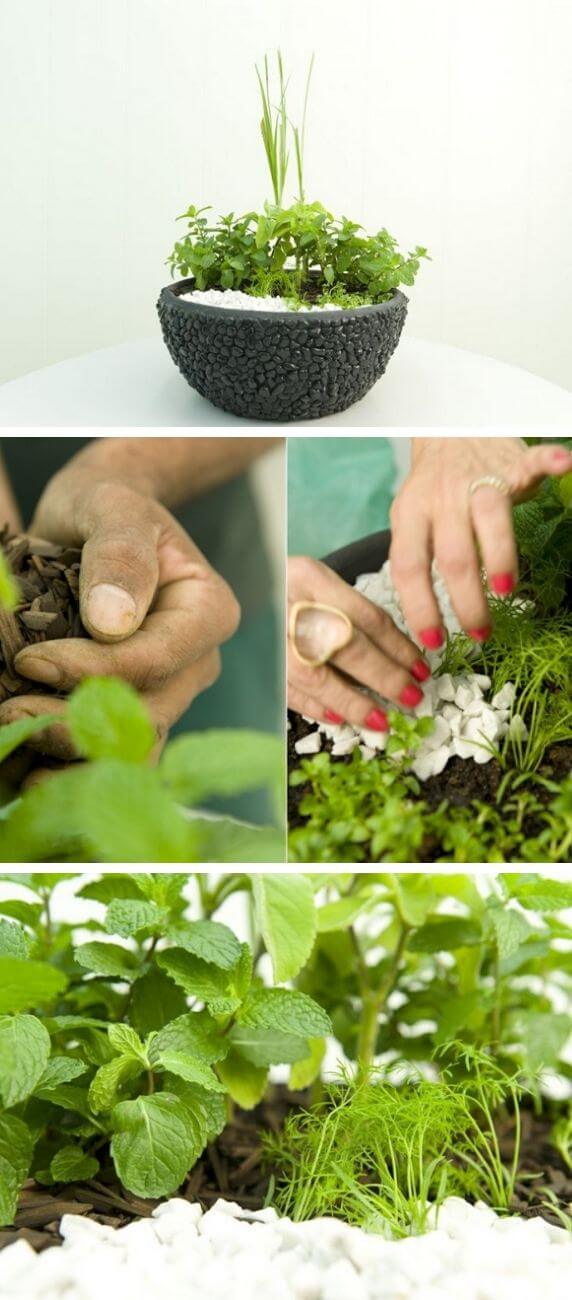
#12. Vintage herb planter
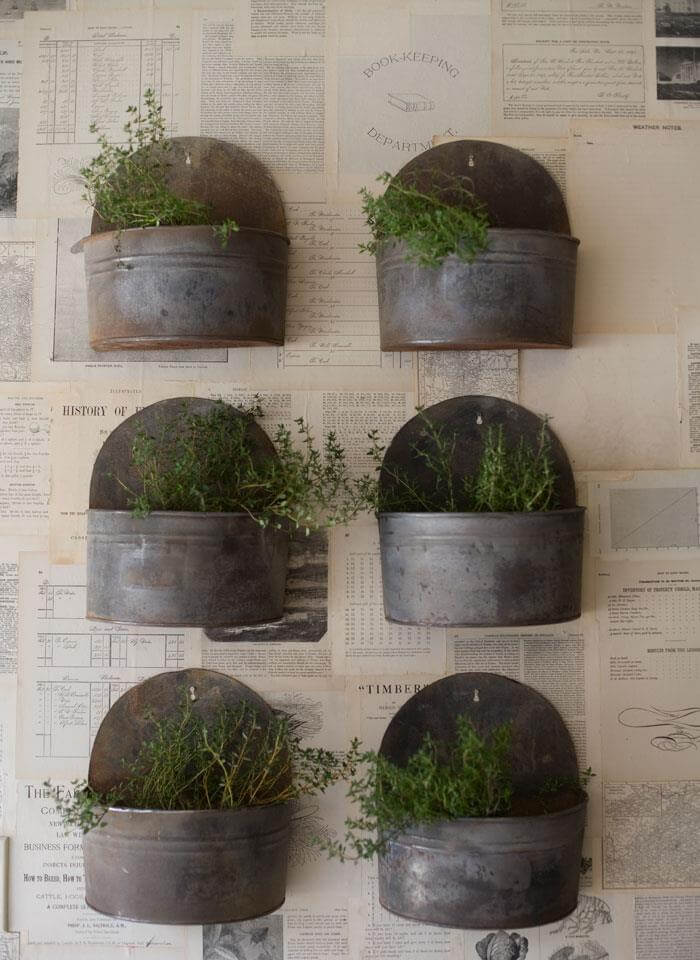
#13. Kitchen herb in a basket
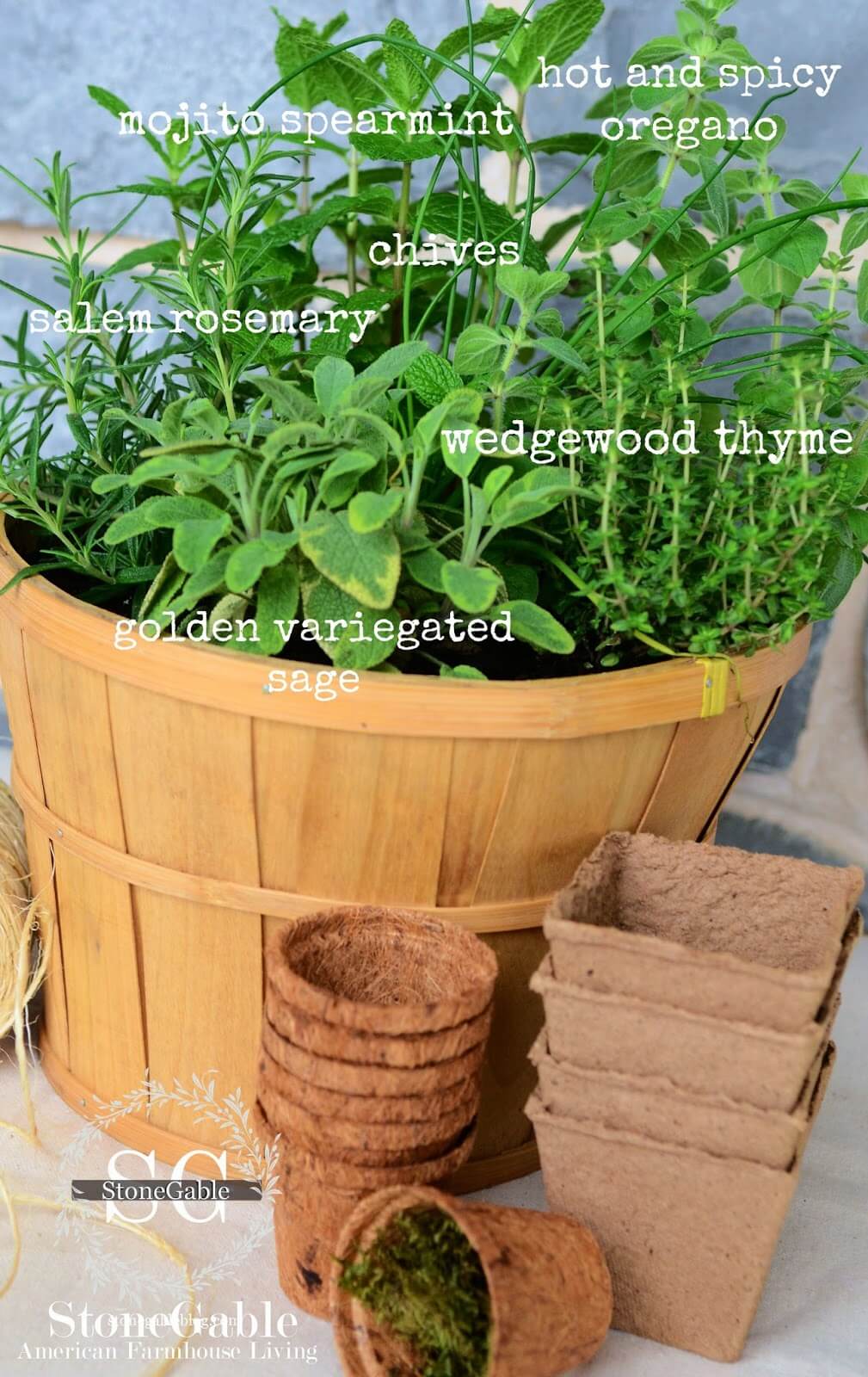
#14. Mason jar herb garden

#15. Vertical mason jar herb planter
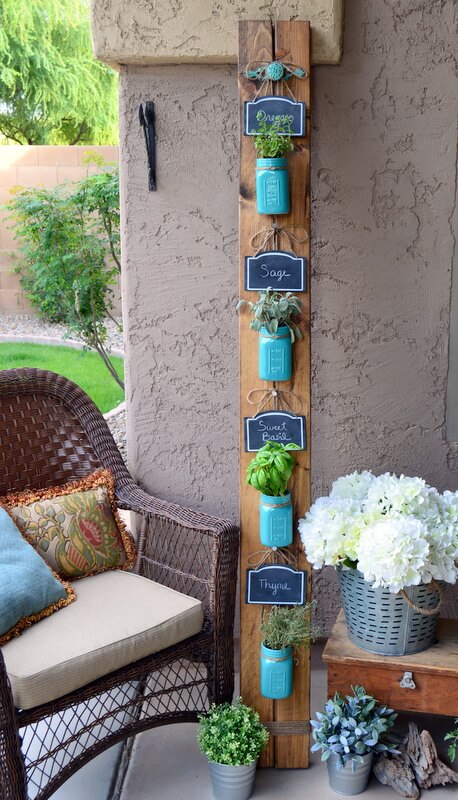
#16. First-time herb garden
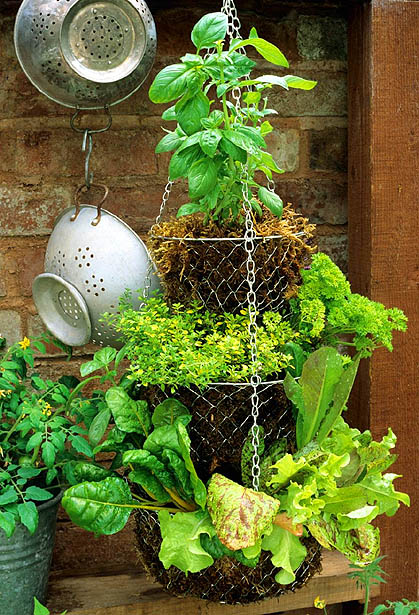
#17. Upcycled Container Gardens with chalkboard label
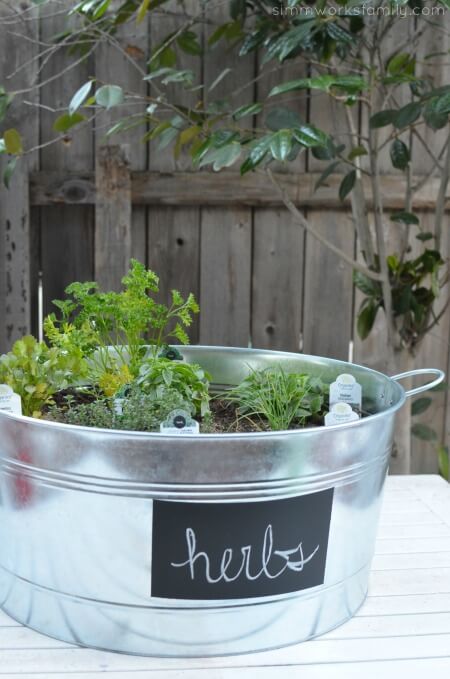
#18. Filling cabinet planter

#19. DIY herb garden in big bucket
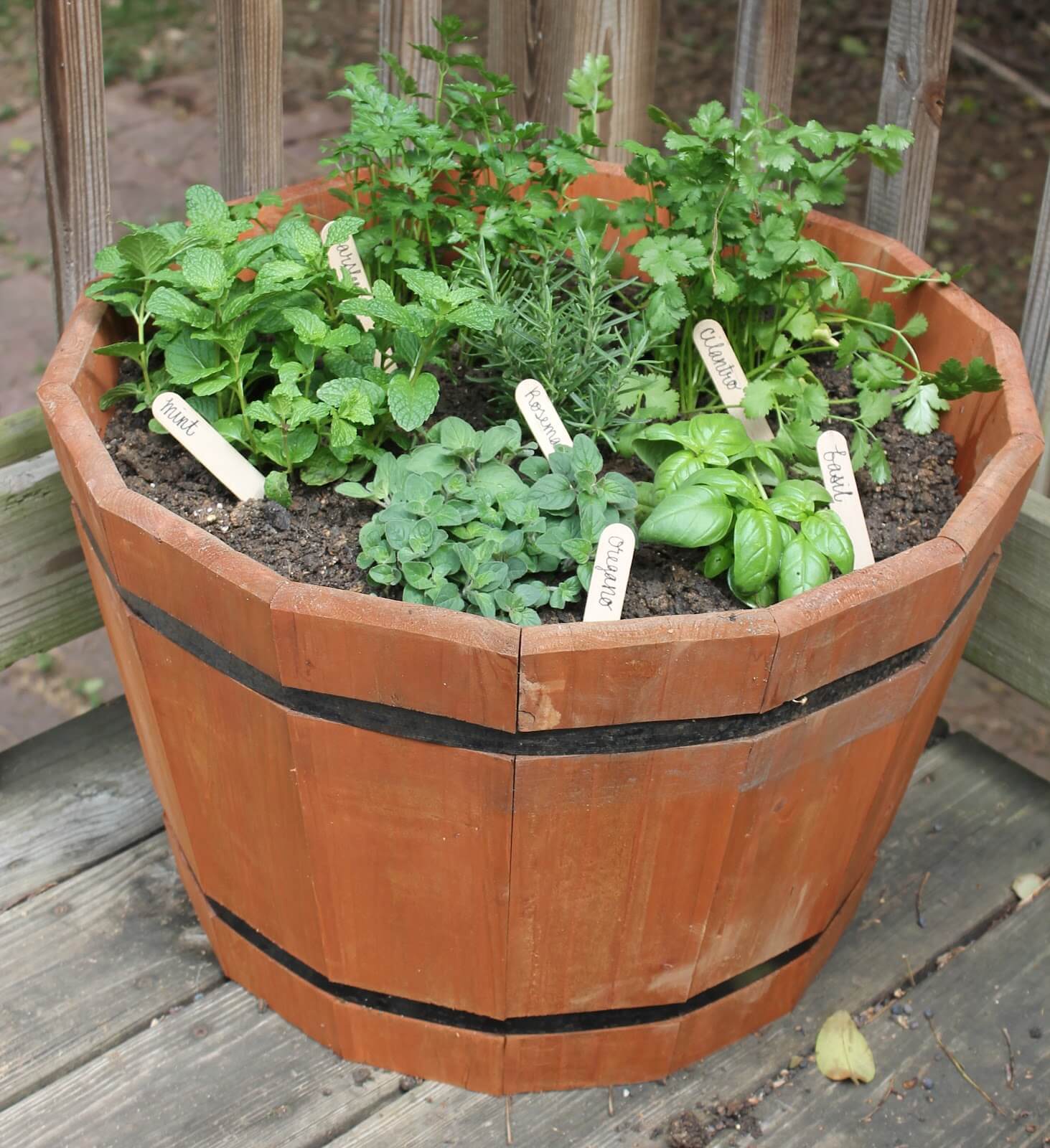
#20. Window-mounted Hanging Herb Garden
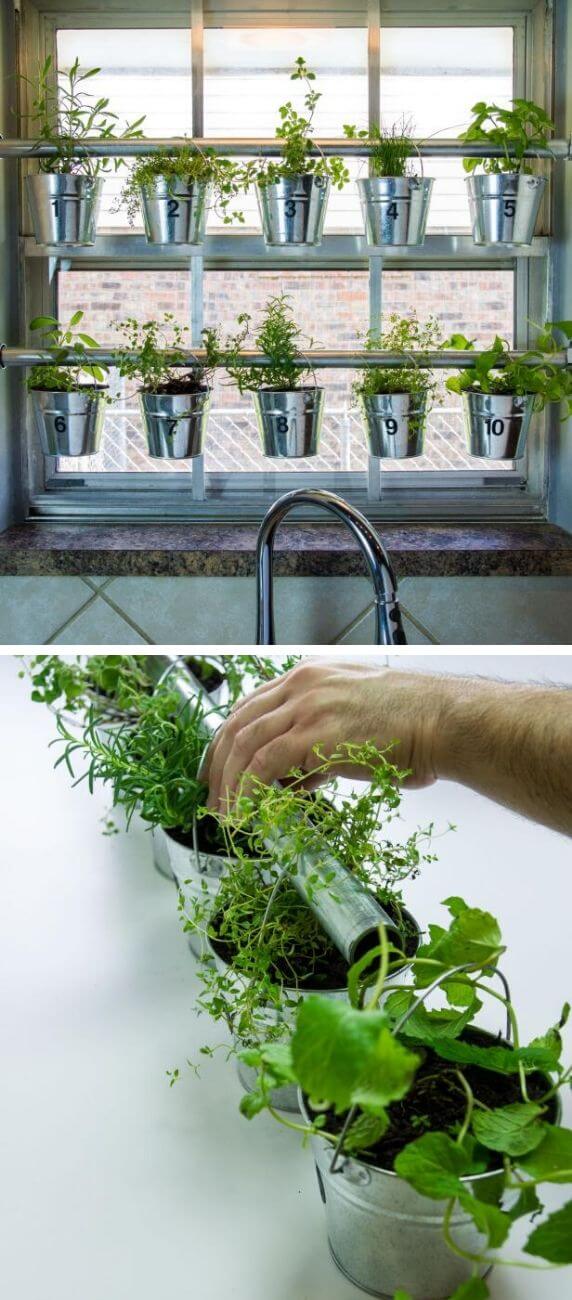
#21. Grow herbs in old basket
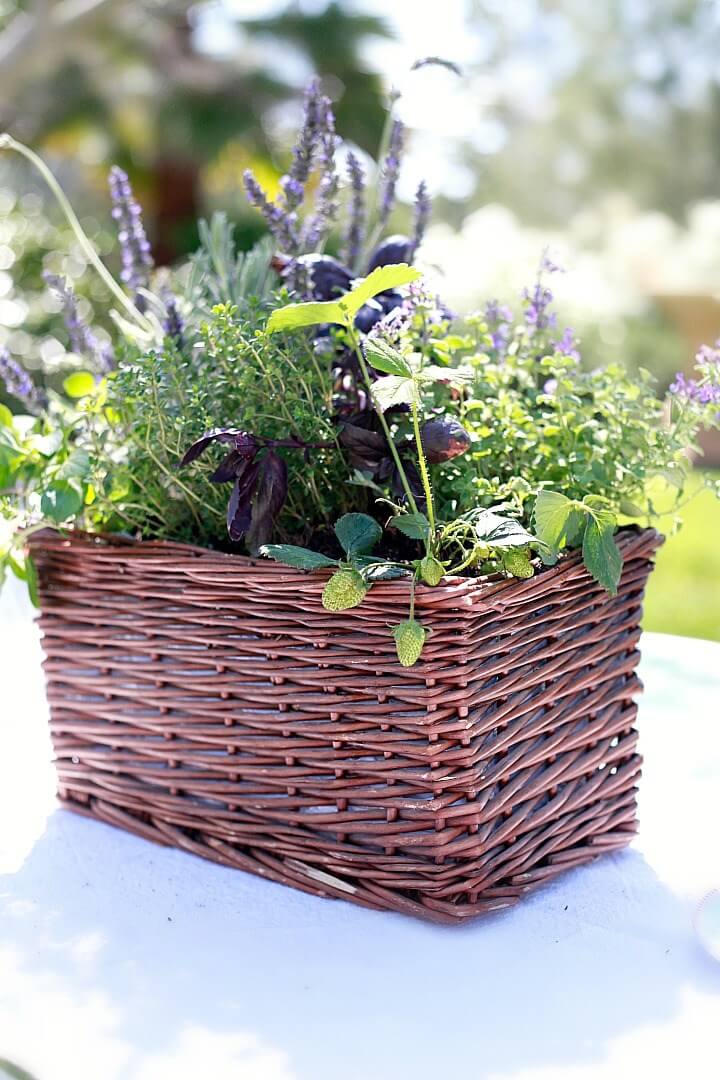
#22. Chicken feeder herb garden
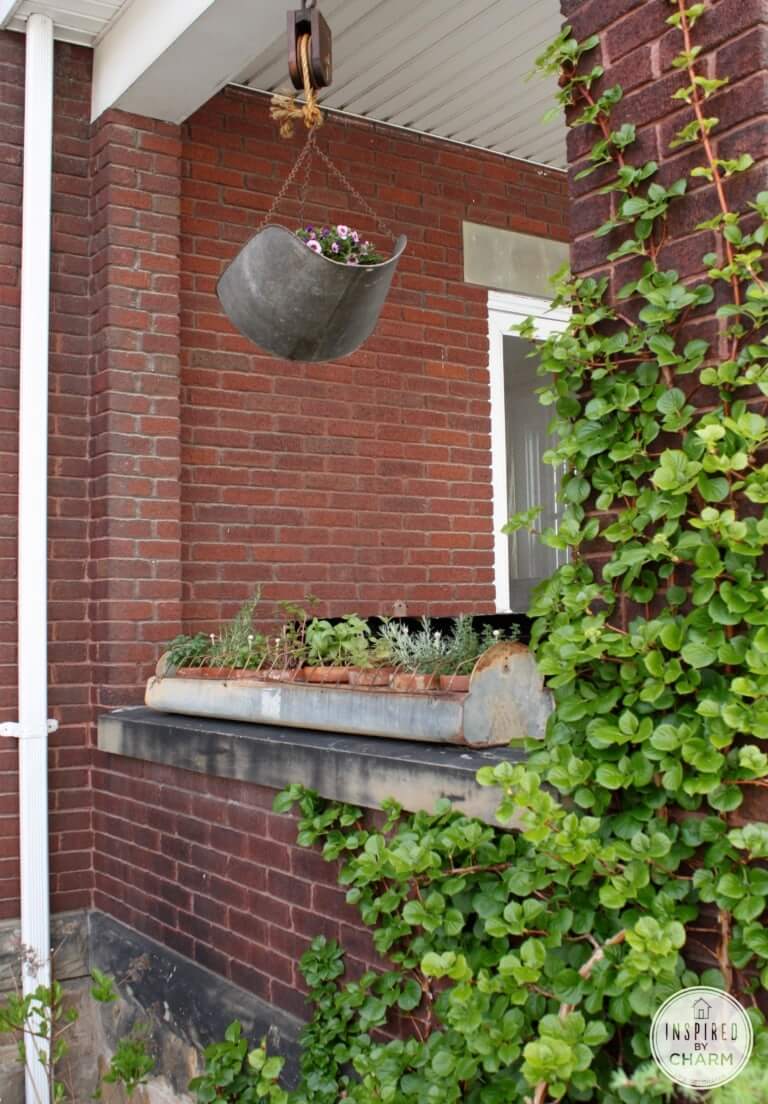
#23. Farmhouse kitchen herb garden
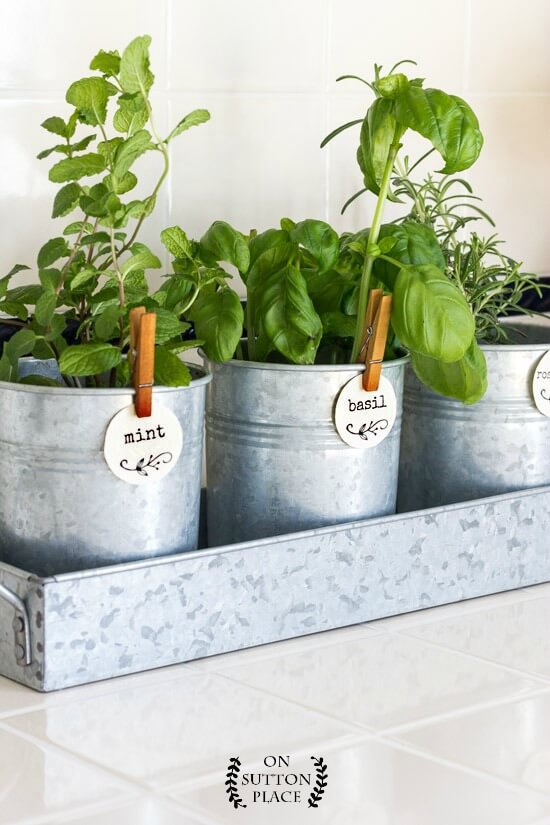
#24. Herb garden in a mason jar
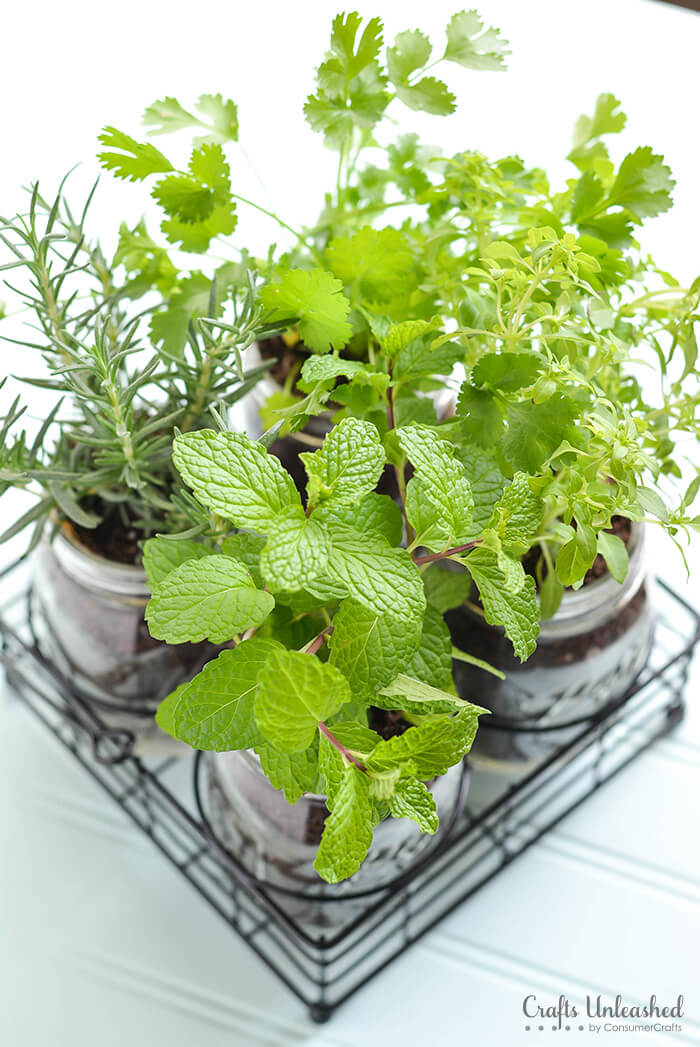
#25. Grow herbs in a sink

#26. Tiered herb garden
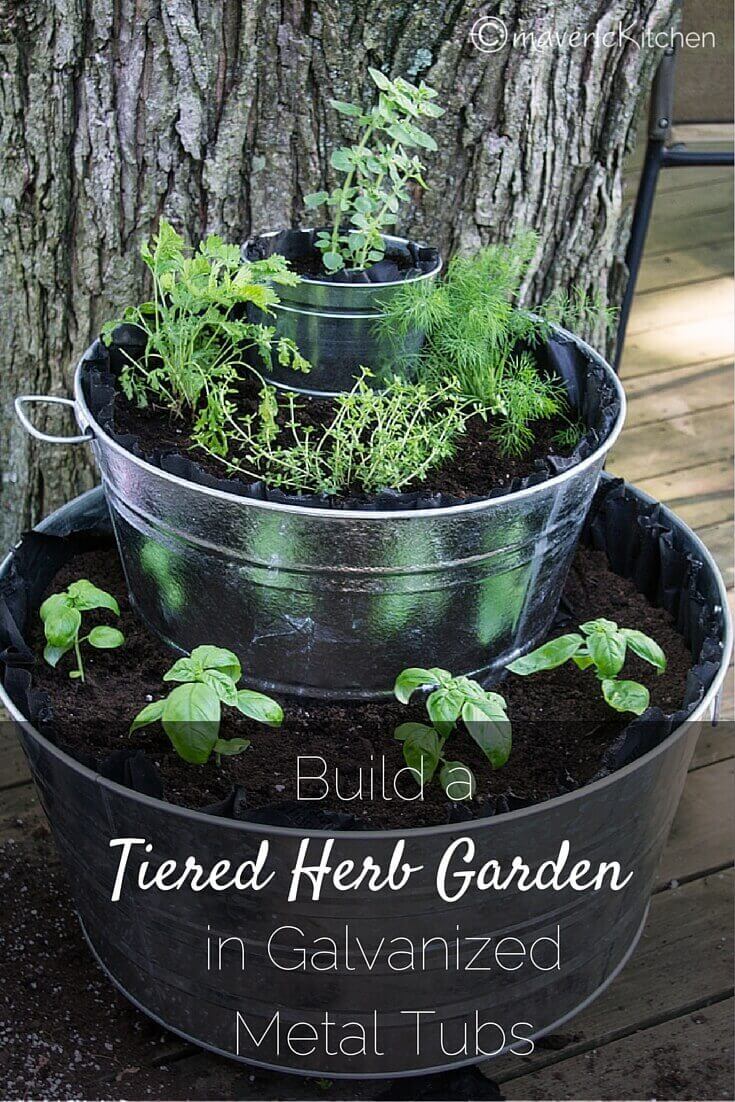
#27. Fairy herb garden
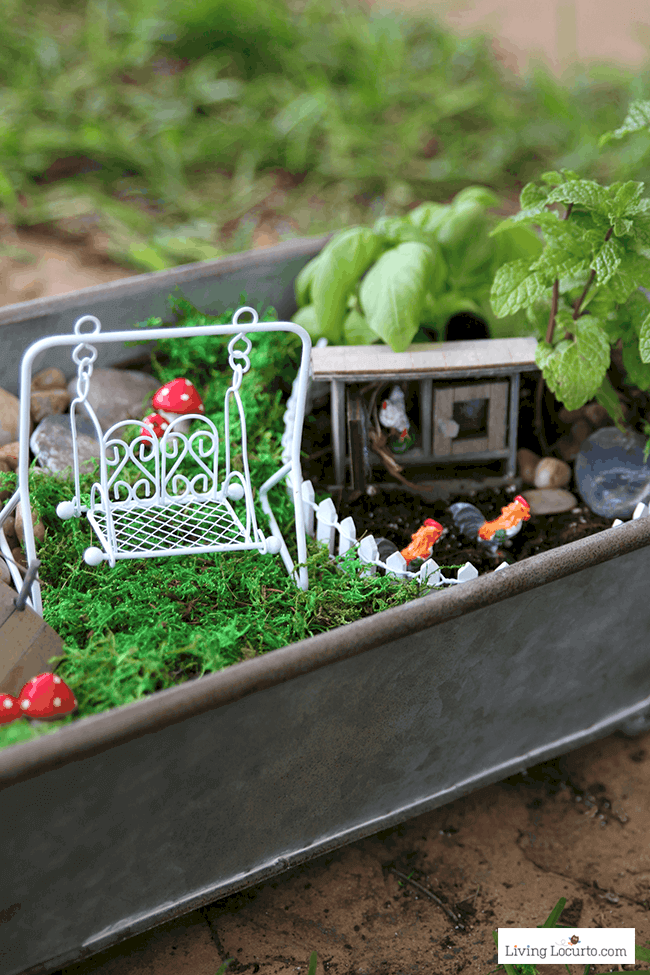
#28. Herb garden in strawberry pot
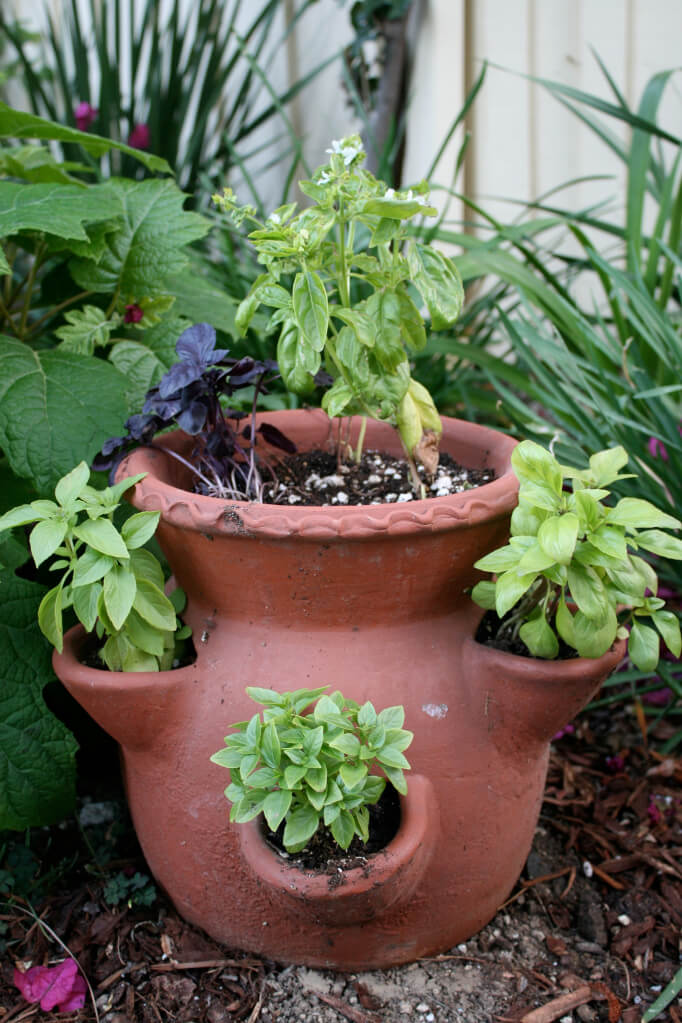
#29. Vintage container herb garden
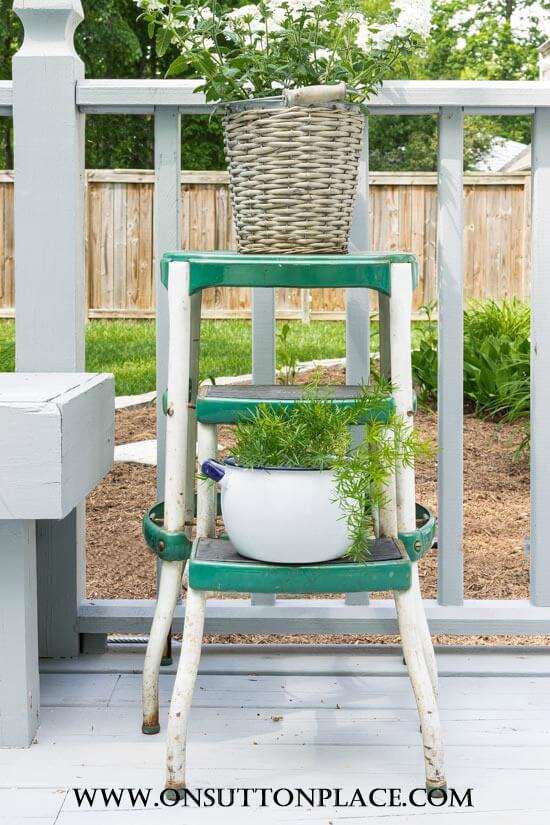
#30. Plant a herb garden in a terracotta pot
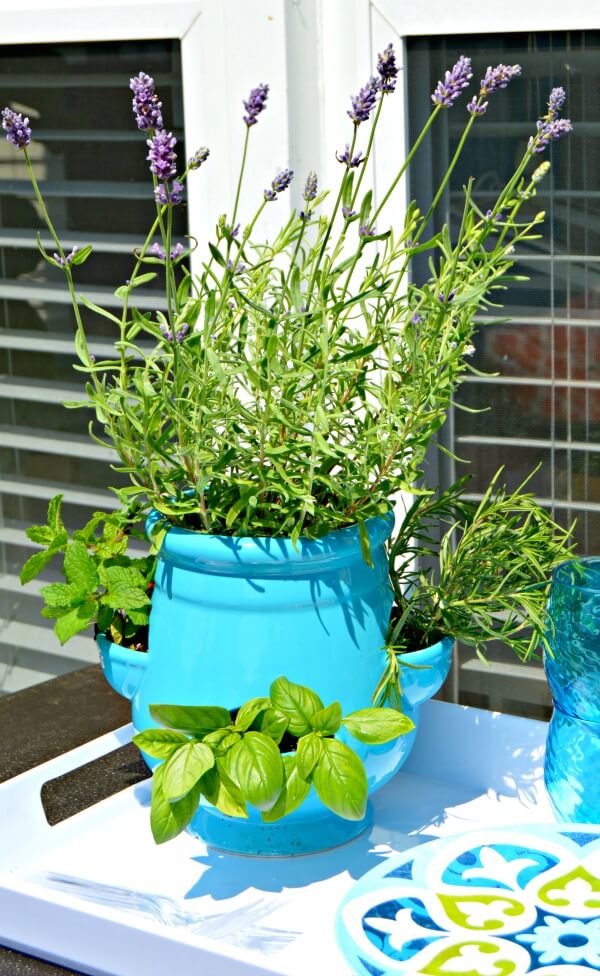
#31. Bottle herb garden
